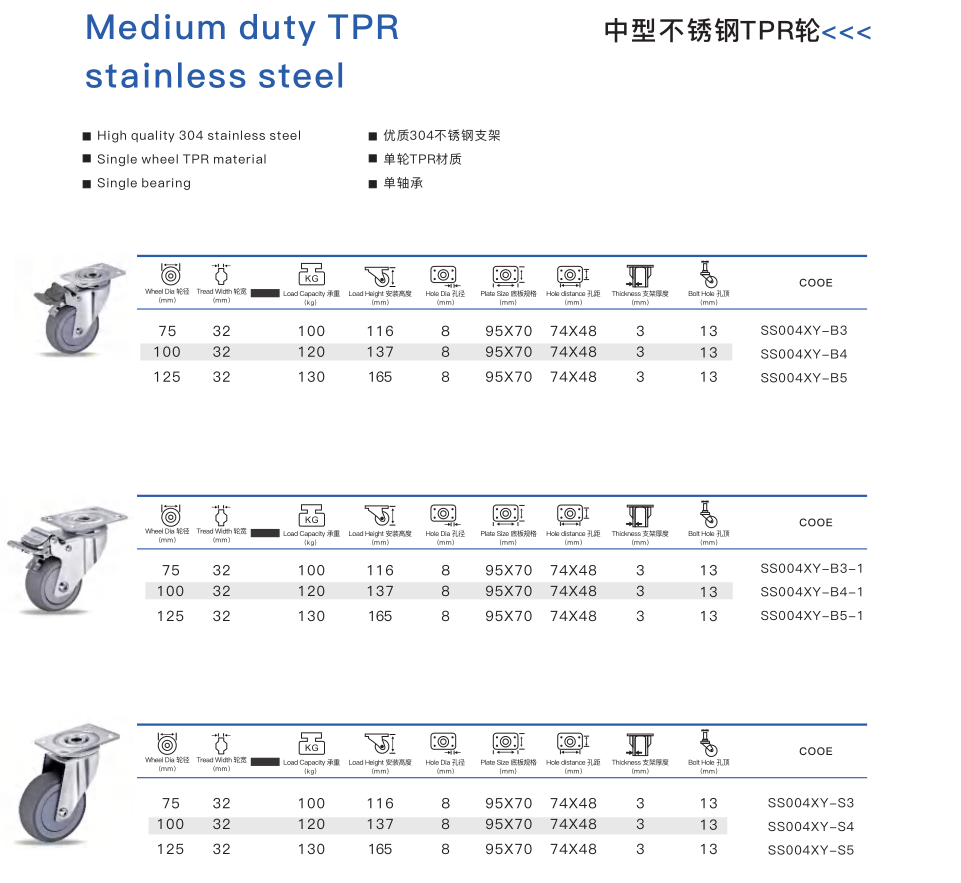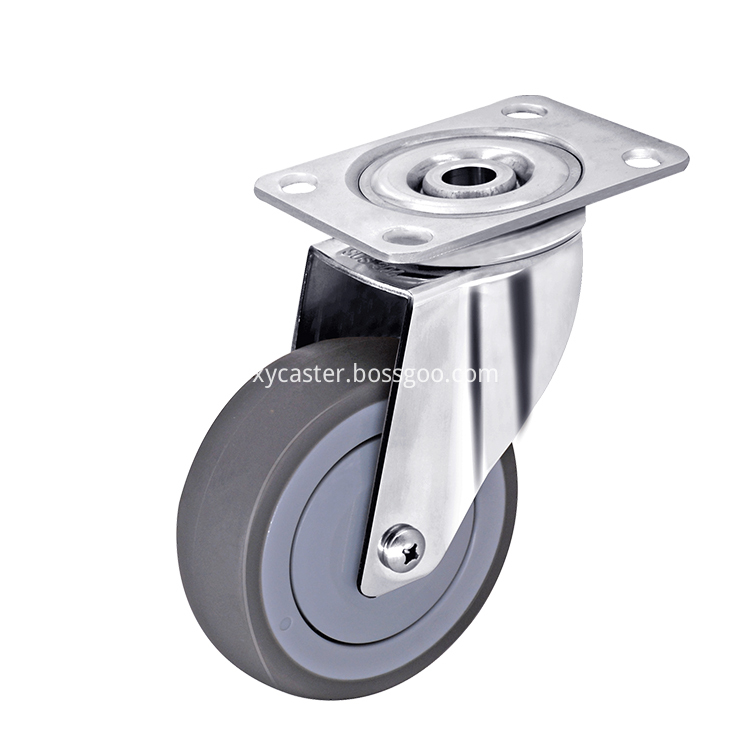German company develops ancient technology for giant sail freighter
DAVE CULP has a radical idea. He believes that whether it is a huge freighter, a super-tanker or a luxury cruise ship, or a variety of other ships with various displacements ranging from tens of tons to several thousand tons, the diesel engine should be completely abandoned and replaced by a huge sail. Sailing on the sea. He believes that in today's soaring oil prices and energy shortages, ancient sails are the best source of power for people and goods to circulate in the world.
The idea sounds a bit too romantic. However, as a sailboat designer, Culp who has returned to the leading role of the wind voyage era is not alone. The person who holds the same idea is by no means alone.
Last year, Germany's SkySails received nearly $1 million in funding from the German government to launch a study on a special sail system. The company's goal is almost exactly the same as Culp's KiteShip company's goal of putting a huge sail that significantly reduces fuel consumption for merchant fleets all over the ocean. Sweden's shipbuilding giant Wallenius Wilhelmsen has also recently announced a research project for a zero-emission freighter that will carry a rigid sail with a total area of ​​4,000 square meters. Similar studies are being conducted in Denmark and Japan. In the UK, an inventor developed a retractable sail based on a study of the shape and aerodynamic performance of bat wings.
During the First World War, diesel engines began to appear on ships. However, oil prices have never been as expensive as they are today (in August last year, oil prices created a record of $71/barrel). Today, the price of marine fuel is almost three times that of a few years ago, and oil costs have already accounted for 50% of the ship's operating costs. It is estimated that depending on the size of the ship, the type of sailing route and the type of sail, sail assist technology can reduce fuel consumption by 10% to 35%. However, even a 10% reduction in fuel consumption is an amazing flyby. You know, in today's industrial society where technology is very mature, engineers are struggling to increase the efficiency of engines and propellers by 1%. “There is not much room for improving the fuel efficiency of modern engines. The windsurfing assist technology is the best known method to reduce the fuel consumption of ships.†Per Brinchmann, structural engineer for ship design for Wallenius Wilhelmsen and other companies, “ As long as there are minor changes to existing vessels, they can be fitted with a sail system. Although there is no movement at the moment, I estimate that there will soon be some sail systems for large vessels."
The introduction of the new Environmental Protection Act will also promote the development of windsurfing systems, such as the recent environmental protection bill in Europe. The fuel used in large vessels is a tar-like substance that produces much more pollutants than high-quality fuel and gas. The large-scale vessels release up to 250 million tons of carbon dioxide into the air each year. In areas with heavy sea transport, such as the oceans of southern California and the North Atlantic, 60% of the sulphide in the air is discharged by ships, and these sulphide are the main culprit in acid rain.
The latest developments in ancient technology
For some time before 1985, the oil crisis caused global oil prices to skyrocket, and many experiments on the use of sails on large ships took place during this short period of time. Many observers believe that during this time, the ancient sail technology was reborn. By 1985, 11 freighters had been installed in Japan, including a 26,000-ton bulk carrier. According to the report, after the sails were installed, the fuel consumption of these ships was reduced by 10% to 20%. Around the same time, an American captain named DC Anderson installed two masts and sails on a 3,500-ton cargo ship. After such a modification, the fuel consumption of the ship was reduced by 35% in strong winds and by 15% in other times. In 100 days, the cost of the fuel saved by the ship has exceeded the cost of the modification. Since June 1986, the price of oil has started to decline, and the price of fuel has dropped by two-thirds in a few months. The fuel savings of windsurfing assisted technology are no longer sufficient to compensate for the cost of retrofitting and additional personnel (industrial analysts believe that windsurfing assist technology is only economical when the price of oil exceeds $30/barrel). “The price of oil has fallen to $12/barrel,†Anderson said. “The owner of the freighter dismantled my mast and sail and threw it into the corner.â€
The shipbuilding industry has always been very conservative in accepting new technologies. Because of this understanding of the situation, Culp came up with the design of KiteTug. The use of this special sail in the air requires little modification of the vessel, and the boat is dragged away by KiteTug like a tugboat.
The huge KiteTug is like a combination of a kite and an airship. The interior is filled with helium, which is tied to the bow of the towed vessel by a cable, and is carried by the wind under the influence of the wind. The shape of the airship has excellent stability in the air, and the shape of the kite is more aerodynamically efficient (the art-level kite has almost doubled its lift-drag ratio since the 1980s). Culp believes that KiteTug's form factor allows it to combine the best of both worlds. “In the future,†Culp said. “The team of three people can live in the pods under KiteTug for a few weeks, supervising the operation of the autopilot system and the route control software, and let KiteTug fly to the most suitable vessel depending on the wind conditions. ."
“It sounds a bit mysterious,†Culp said. “But if you understand the actual situation, you won’t think so.†As the head of a company that has long been a leader in sail design, the Guinness World Record for the biggest towing sail is Created by him. In December of the previous year, the newspaper reported that a sailboat with a Culp-designed sail would participate in the prestigious Sydney-Hobart Regatta. Although the captain finally gave up the idea of ​​using sails, the organizing committee of the competition quickly made regulations prohibiting the use of sails by participating vessels. “The sails I installed on the yacht work very well,†Culp said (he has installed sails on more than 70 yachts, surpassing anyone in the world. The experience of installing sails on the yacht is for him on a large vessel The installation of larger sails has accumulated valuable experience. "This technology has been around for more than 7,000 years, but it is still far from perfect."
Source of power
In December of the previous year, SkySails built a proportional model of a 14.7-meter-long sail system and tested it in the Baltic Sea. Although the wind was weak during the test, the test still achieved good results. The company's SkySail system is basically the same as KiteShip's KiteTug, but it takes a different route. KiteTug relies on huge size to get the power to drive a large ship (full-size KiteTug can get 4400 kW), while SkySails engineers plan to use a relatively small, automatically controlled sail that uses sail The deformation gets extra energy. In theory, the maximum speed of a sail that is bent into a circle or a figure eight can reach five times the actual wind speed, and the energy obtained is 25 times that under normal conditions. At present, there is no automatic driving system that can control a sail that is much faster than wind speed, but Stephan Brabeck, chief technology officer and pneumatic engineer at SkySails, says it is possible to have sails at twice the speed of wind today. And tests conducted in the Baltic Sea show that the work of this system is reliable.
Although the designs adopted by these companies are not the same, they are convinced that wind-assisted technology will ultimately achieve commercial success – as long as economic pressure forces the doubtful ship industry to abandon its suspicions. Culp said: "People in the industry are always skeptical. They say, 'Since the sail assist system can save costs and reduce pollution, why can't you see a ship with such a system installed?' I told them That's because there is no system that has yet to be formed. 'But, how much better have you seen the system we tested?'"
For 4 inch TPR stainless steel caster and wheel, we use high quality 304 stainless steel. It will not rust easily. And Single wheel is TPR material which is good for ground.


4 Inch Stainless Steel Caster Wheel
Stainless Casters,4 Inch Stainless Steel Casters,4 Inch Stainless Steel Caster Wheels,4 Inch Stainless Casters
Yangjiang Xingyang Industry & Trade Co.,Ltd. , https://www.xycaster.com